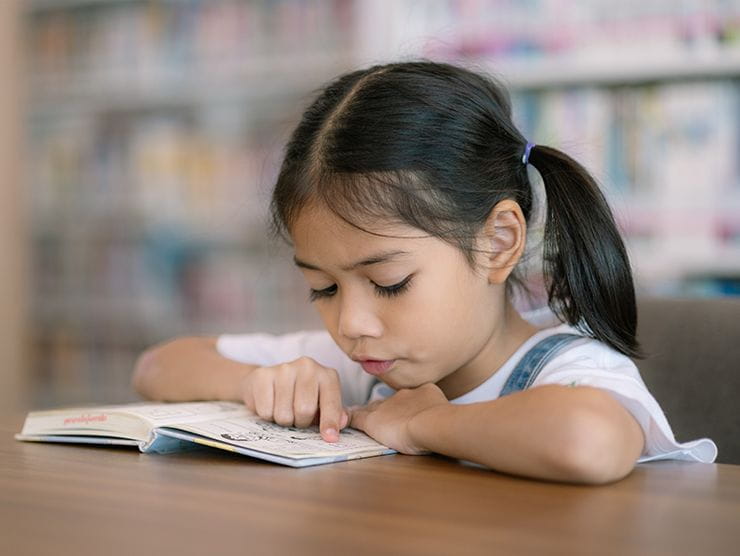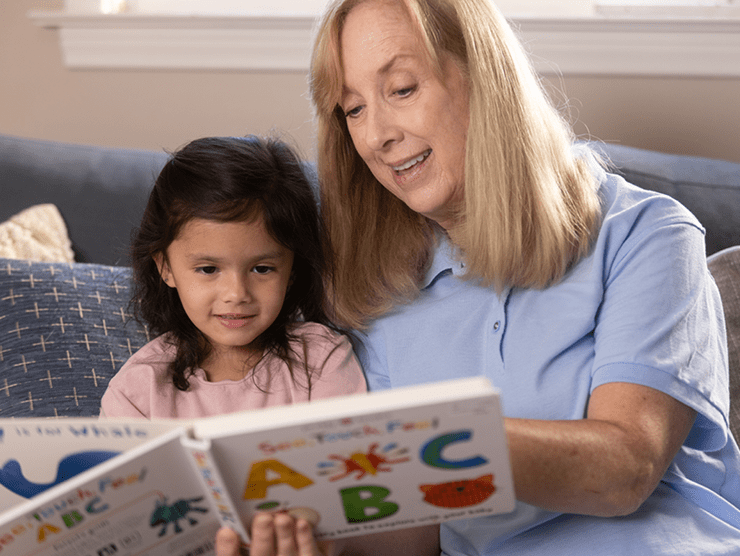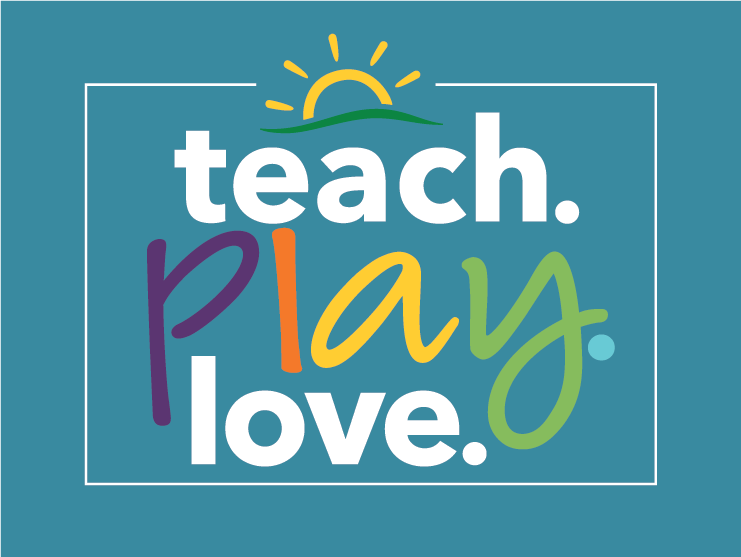You know the routine: pajamas on, teeth brushed, and then it’s time for bedtime stories. Reading to young children at bedtime has many benefits, laying the foundation for future success:
- Reading at bedtime offers a soothing transition from active play to sleep.
- Reading with your child creates positive feelings and strengthens relationships.
- Reading aloud is one of the very best ways to boost early literacy development and begin a lifelong love of language and reading.
Learn how children’s language and literacy development unfolds and how to use bedtime reading to maximize the benefits of reading with your child at every age.
Reading to babies
Even very young babies enjoy hearing stories. Early positive experiences with books and reading are essential in fostering a lifelong love of reading and learning. Choose sturdy board books or fabric books with photos or simple illustrations. Sit with your baby on your lap and point out the pictures. Don’t worry about reading every word. Just follow your baby’s lead. When they lose interest, put the book down for another time. Here are some benefits of reading to babies:
- Vocabulary growth: when your baby hears words repeatedly, it helps them learn new words and phrases.
- Introduction to print concepts: exposure to literacy helps babies understand how language works. This initial love of stories introduces the notion that both spoken and written words have meaning.
- Communication skills: reading aloud to your baby encourages interaction. Point at pictures as you label them and make sounds for different animals or vehicles.
- Cognitive stimulation: reading stimulates your baby’s brain, aiding in the development of certain cognitive functions such as comprehension and improved attention span.
- Emotional literacy: books can help your baby understand and express their own emotions.
- Cultural awareness: exposing babies to high-quality, diverse children’s literature can introduce children to different cultures and perspectives from an early age.
Reading to toddlers
Toddlers are often very interested in stories and may bring you their favorite books to read throughout the day. Keep a selection of sturdy books your child can access and rotate them occasionally. Don’t be surprised if your child asks to read a beloved book over and over again. Repeated readings might try your patience, but they are great for building vocabulary and helping children master story structure. Vary readings based on your child’s interests. Point out rhymes or alliteration and comment on relatable elements, e.g., “Look, he has a rubber duck just like you do.” Below is a list of benefits for reading to toddlers:
- Language explosion: toddlers are sponges when it comes to language. Reading exposes them to a wide array of new words, boosting their vocabulary.
- Further development of print concepts: stories provide a natural way for toddlers to learn about sentence structure and how language flows as well as phonological awareness concepts such as rhyming.
- Improved communication: reading aloud to your child encourages reciprocal interaction. This can include asking and answering questions and engaging in conversations about the story.
- Focus and attention: following a story helps toddlers develop the skills needed to sustain attention and builds on the development of other cognitive functions such as comprehension, reasoning and critical thinking, which are essential for learning.
- Nurturing imagination: books transport toddlers to new worlds, encouraging their creativity and imagination.
- Understanding emotions: toddlers will begin to learn empathy and perspective-taking; understanding a wide range of emotions from characters in books, such as happiness, sadness, anger, and fear.
- Cultural awareness: a benefit for all ages, toddlers can deepen their understanding of themselves and others as they read about different customs, traditions, and beliefs.
Reading to preschoolers and beyond
As children get older, they can listen to longer, more complex stories. Preschoolers have their favorite books and enjoy repeating words they’ve heard in the story or reciting the story altogether from memory. Reading to preschool-aged children and older has many benefits including:
- Understanding of story sense: children at this age can begin to understand concepts like beginning, middle, and end as well as character development.
- Book handling: preschoolers understand how to handle a book with care and like to turn the pages and follow the pictures.
- Understanding of print concept: children at this age are continuing to understand the written word while learning that there is a structure for text; e.g. words are made of letters and words run from left to right and top to bottom. Phonemic and phonological awareness development continues as children break down rhyming patterns, letters and their sounds.
- Cultural and emotional awareness: the foundation from earlier years has been laid. Children in the preschool years and beyond can take perspective taking a step further, developing the ability to view the world through multiple lenses, deepening the development of empathy.
When reading with your child, don’t get too complex, but occasionally ask thought-provoking questions about your reading, e.g., “I wonder how they felt. What would you do if you were them?” Point out letters and words or mention how words run from top to bottom and left to right. Keep it fun and light, and focus on your child’s interests.
The ritual of bedtime stories provides numerous benefits. Your main goal is to make reading a very enjoyable and consistent part of your child’s daily routine. The warm, nurturing moments of bedtime stories are as important for your child’s development as the reading of the story itself. Your child’s love of learning develops as you adapt your reading to their needs. Offer high-quality children’s books, read them with interest and engagement, and let your child set the pace.
For more information and tips on how to start growing your child’s love of reading, visit Growing Readers.





